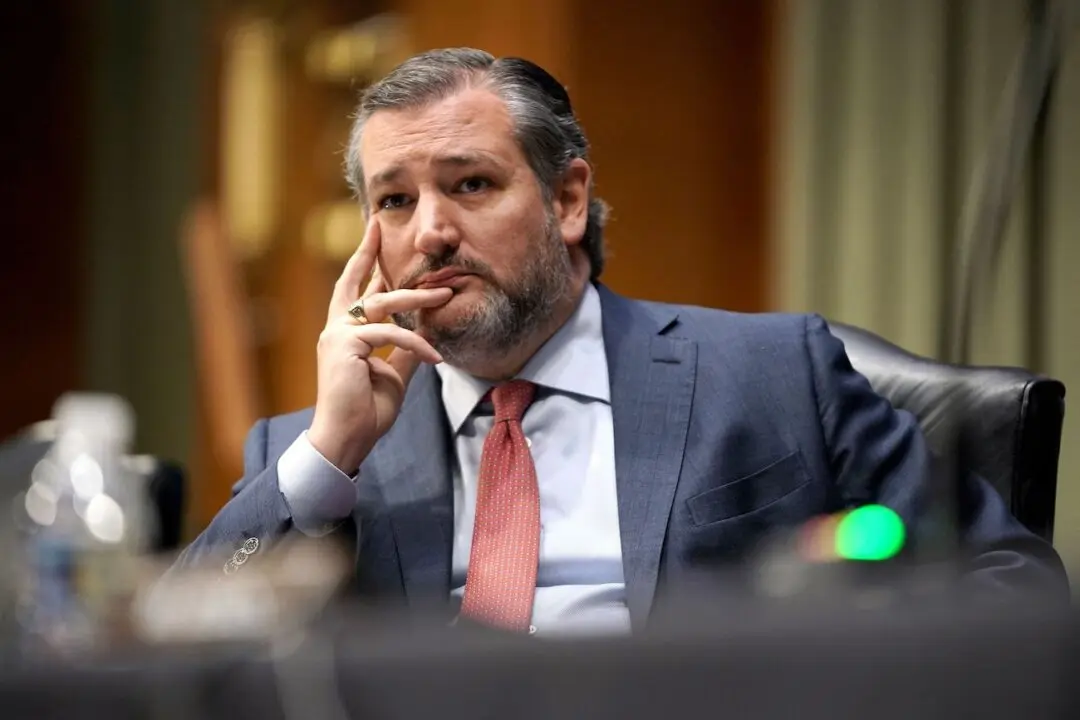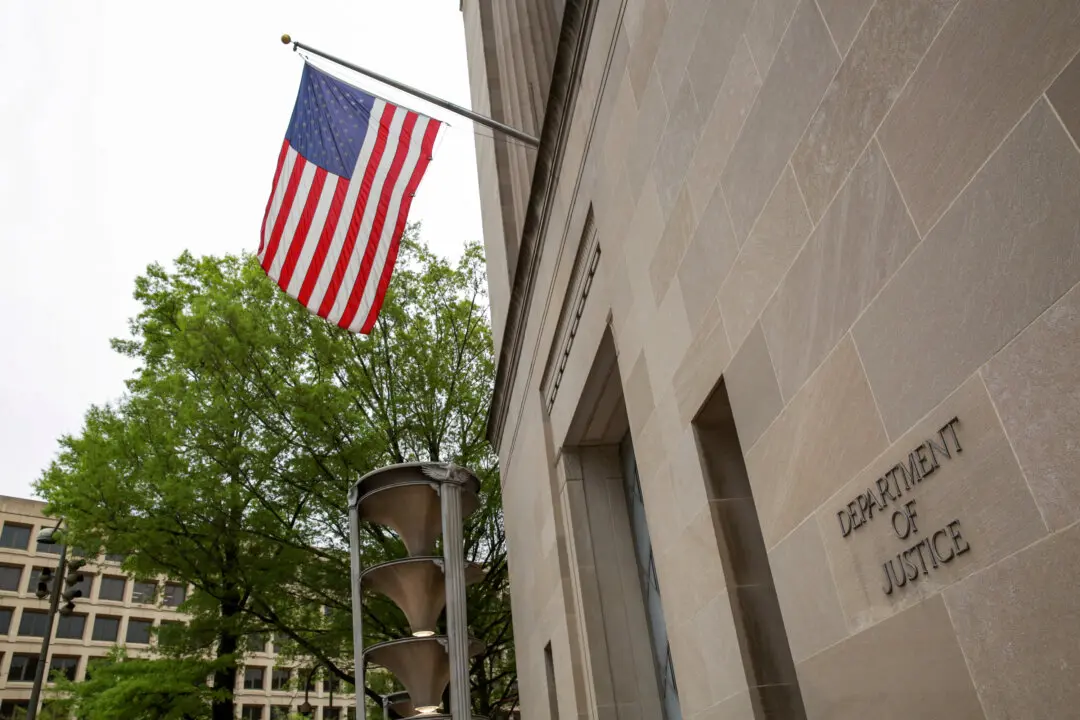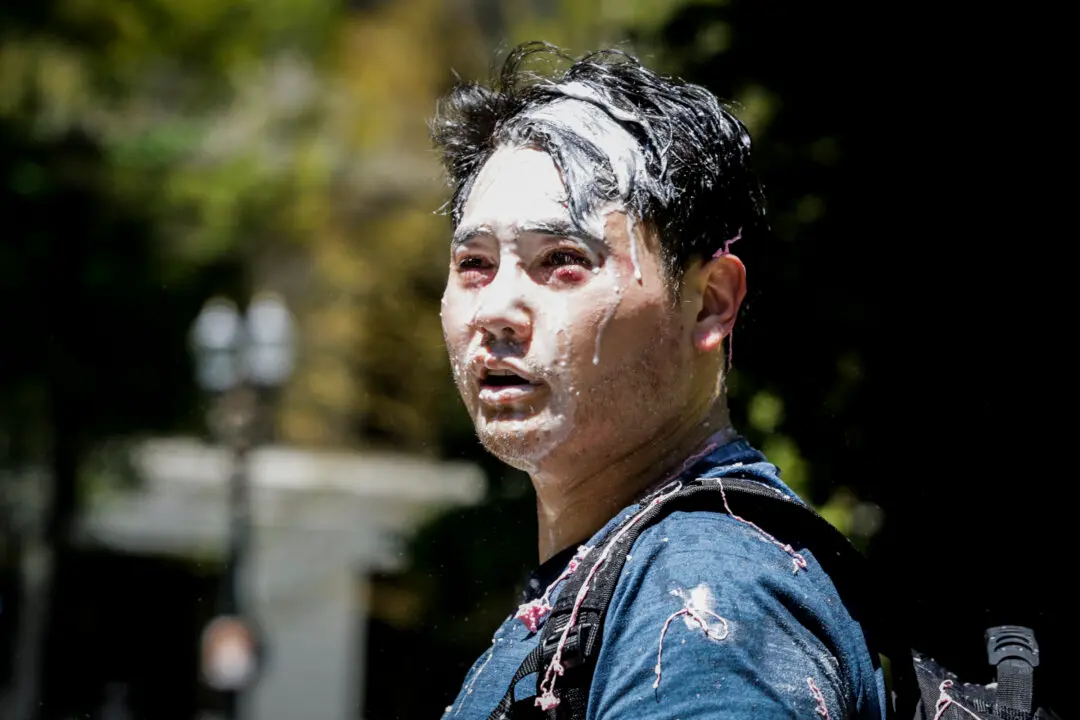Federal authorities said the Saudi military trainee who killed three people and wounded others at a U.S. naval base in a terror attack last year was in touch with a suspected al-Qaeda operative.
The association between the shooter and the terrorist group was uncovered from the shooter’s locked iPhones. The FBI made the discovery after the bureau successfully broke through the encryption of the shooter’s two phones over four months after the attack, Attorney General William Barr and FBI Director Christopher Wray announced at a press conference on Monday.




